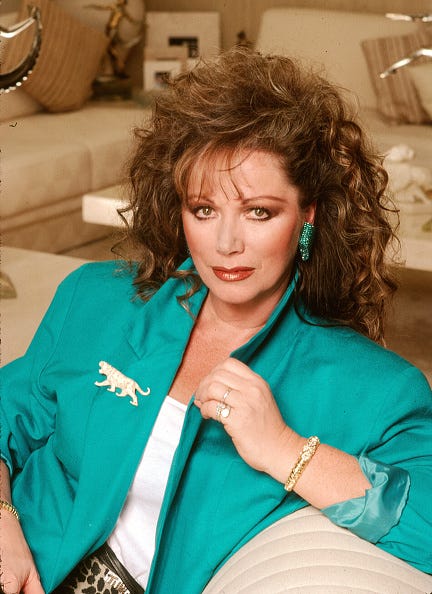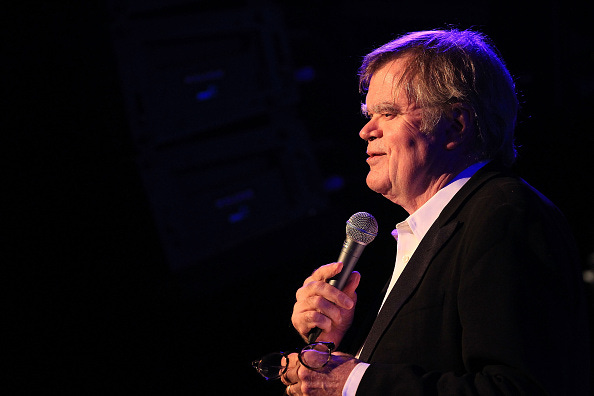The Writer's Almanac from Wednesday, October 4, 2017
“Defiance” by Sally Van Doren from Promise. © Louisiana State University Press, 2017.
ORIGINAL TEXT AND AUDIO - 2017
Today is the Feast Day of St. Francis of Assisi. He was born in Assisi, in central Italy, in 1182. He started out as a wealthy man-about-town, until he fell into a serious illness in his 19th year. He was praying in the dilapidated Church of St. Damiano one day in 1206, and he heard the voice of Christ saying, “Go, Francis, and repair my house which, as you see, is well-nigh in ruins.” He went and took some of his father’s money for the project. He went on to found the Franciscan Order, which was dedicated to poverty, penance, and the relief of the sick.
Today is Sukkot, the Feast of the Tabernacles, when the Jewish people commemorate their 40 years in the desert and thank God for the fall harvest.
In 1582, Pope Gregory XIII declared that the day following October 4, 1582, would be Friday, October 15, 1582. By leaping over 10 days, the pope corrected the Julian calendar, which was 10 days out of sync with the seasons. The new calendar became known as the Gregorian calendar.
It’s the birthday of the Western artist Frederic Remington, born in Canton, New York (1861). He studied art at Yale, and in 1881 he made his first trip out West. His first commercial publication was of a Wyoming cowboy, in the February 1882 Harper’s Weekly. Later in his career, he began to work in bronze, and produced the famous sculptures The Bronco Buster and Coming Through the Rye.
It’s the birthday of one of the most popular novelists of all time, Jackie Collins, born in London (1937). Her first major American best-seller was Hollywood Wives (1983), which remained on the New York Times best-seller list for 28 weeks, and ultimately sold 15 million copies. Known as the “Queen of Steam,” Jackie Collins went on to average about a novel a year over two decades before her death of breast cancer in 2015.
Collins said, "My philosophy for women is this: if you’re going to get married and have a fabulous marriage … then you’re going to have to do everything you’ve ever wanted to do before you get married."
And she said, "My biggest critics are the people who’ve never read me. It doesn’t bother me at all."
It’s the birthday of American horror novelist Anne Rice, born in New Orleans (1941), and best known for creating the novel Interview with the Vampire (1976), in which a young man interviews a 200-year-old vampire named Louis about his life. The book introduces the character of Lestat the Vampire, and was later made into a film. There are 14 books in the Vampire Chronicles saga, most of which have been international best-sellers.
Rice was inspired to write Interview with the Vampire after the death of her six-year old daughter from leukemia. She said: “I was a sad, broken atheist. I pitched myself into writing and made up a story about vampires. I didn’t know it at the time but it was all about my daughter, the loss of her and the need to go on living when faith is shattered. But the lights do come back on, no matter how dark it seems, and I’m sensitive now, more than ever, to the beauty of the world — and more resigned to living with cosmic uncertainty.” Rice based the character of the girl vampire, Claudia, on her daughter.
It took Rice five weeks to write 358 pages about the relationship between two vampires for Interview with a Vampire. She researched vampires during the day and wrote at night, once even attending a concert by the heavy metal band Iron Maiden for inspiration.
When asked why she chose to write about vampires, Rice answered: “Vampires are the best metaphor for the human condition. Here you have a monster with a soul that’s immortal, yet in a biological body. It’s a metaphor for us, as it’s very difficult to realize that we are going to die, and day to day we have to think and move as though we are immortal. A vampire like Lestat in Interview … is perfect for that because he transcends time — yet he can be destroyed, go mad and suffer; it’s intensely about the human dilemma.”
Rice grew up in New Orleans, whose lush history she’s used as a setting for many of her novels. Her early life was hard, with alcoholic parents, and she lived in the rented home of her maternal grandmother. At 12 years old, Rice was confirmed in the Catholic Church and took the full name of Howard Allen Frances Alphonsus Liguori O’Brien, adding the names of a saint and of an aunt, who was a nun. “I was honored to have my aunt’s name, but it was my burden and joy as a child to have strange names.” Later, a nun called her “Anne,” and that’s the name she used for the rest of her life.
Rice’s readings and public events have become popular spectacles. When she moved back to New Orleans as an adult, she owned a coffin in which she was carried to her book signings. She’d pop out of it when she got to the reading venue. Once, she even arrived at a book signing in a glass hearse, attended by several French Quarter musicians.
When asked who makes a better literary subject, vampires or zombies, Rice answered: “The vampire is an articulate character in our literature. In the last 30 years or so, the vampire has been an articulate, charming, beguiling complex person so he’s miles away from a zombie. The vampire is the poet and the writer of the monster world. The zombies are the exact opposite. They’re not sexy, they don’t listen to good music and they don’t wear good clothes.”
On writing, Anne Rice once said: “There are no rules. It’s amazing how willing people are to tell you that you aren’t a real writer unless you conform to their clichés and their rules. My advice? Reject rules and critics out of hand. Define yourself. Do it your way. Make yourself the writer of your dreams.”
Anne Rice’s books include The Vampire Lestat (1985), The Wolves of Midwinter (2013), and Prince Lestat (2014).
Be well, do good work, and keep in touch.®
CLICK HERE to see a schedule of Garrison Keillor’s upcoming events!






I corresponded with Ann Rice very briefly, via email, in the mid-2000's. She was remarkable.